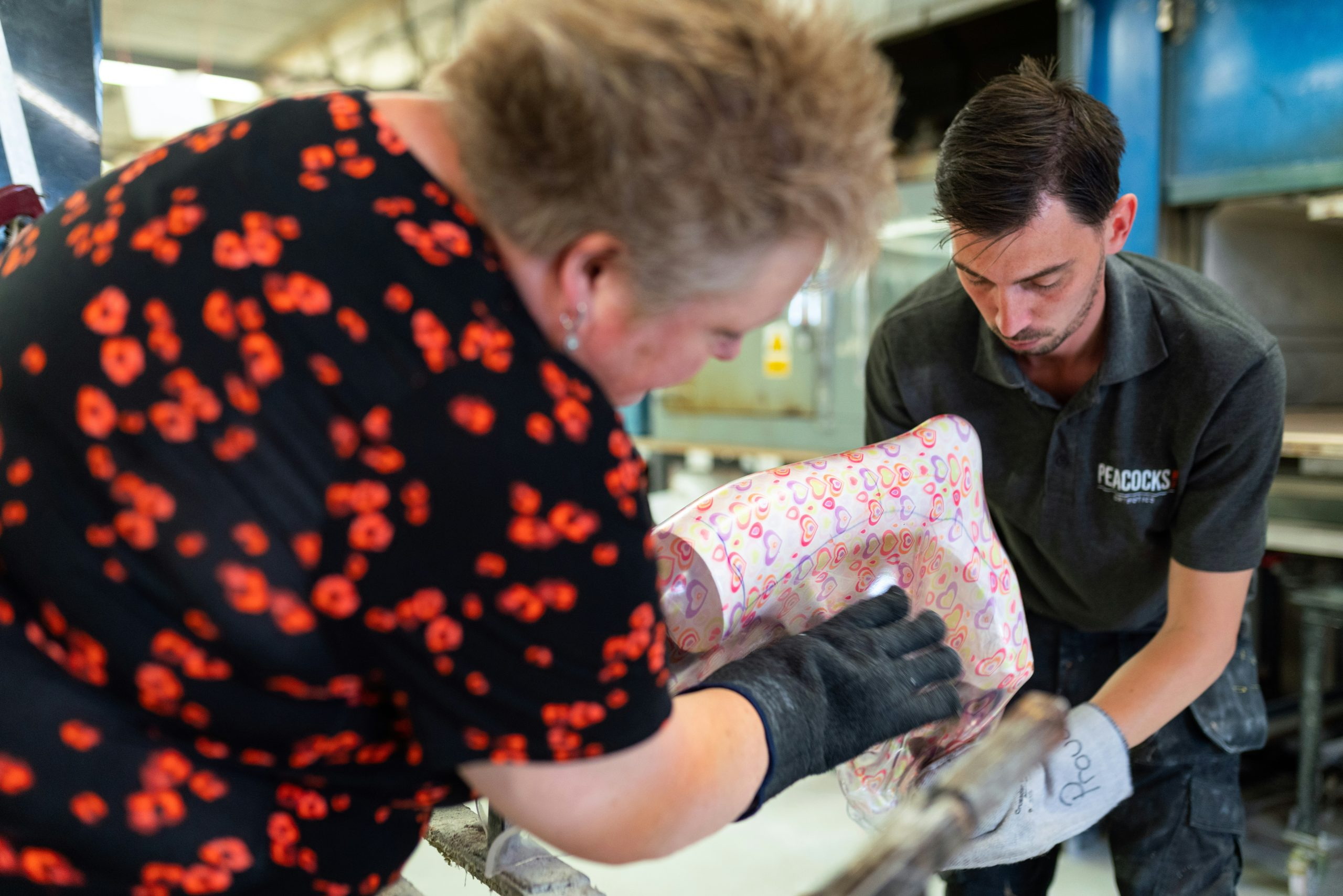Advanced Textile Engineering Creating Intelligent Clothing Solutions
When we think of clothing, we often think of fashion and style. But what if our clothes could do more than simply cover and adorn our bodies? What if they could think, feel, and respond to our needs? This may sound like something out of a science fiction movie, but with the advancements in textile engineering, this is becoming a reality. Enter the world of intelligent clothing solutions, where technology and fashion merge to create functional and innovative garments. In this article, we will explore the field of advanced textile engineering and how it is revolutionizing the way we think about clothing.
The Evolution of Textile Engineering
Textile engineering has been around for thousands of years, dating back to the ancient civilizations of Egypt, India, and China. It involves the design, production, and use of fibers, yarns, and fabrics to create different types of clothing and other textile products. However, with the advent of new technologies, the field of textile engineering has seen rapid growth and advancements, especially in the last few decades.
The use of computers and automation has greatly improved the efficiency and precision of textile production, leading to the development of specialized machines and processes. This has not only increased the speed of production but also allowed for the creation of more complex fabrics with unique properties.
Introducing Intelligent Clothing Solutions
Intelligent clothing, also known as smart clothing, is a relatively new concept in the world of textile engineering. It refers to garments that have been enhanced with technology to provide additional functions and features. This technology can range from basic sensors to sophisticated computing systems, all integrated into the fabric of the garment.
One of the primary reasons for the development of intelligent clothing is the growing demand for multifunctional and versatile garments. Consumers are no longer satisfied with simple clothing that only serves one purpose. They want clothing that can adapt to different situations and provide additional benefits, such as comfort, convenience, and health monitoring.
The Role of Advanced Textile Engineering
So, how exactly does advanced textile engineering play a role in the creation of intelligent clothing solutions? The answer lies in the development of new types of fibers and fabrics with enhanced properties. For instance, conductive fabrics have been developed to allow for the integration of sensors and other electronic components into the fabric itself.
Another example is the use of nanotechnology in textiles, which has opened up a world of possibilities for creating fabrics with improved strength, durability, and functionality. Nanoparticles can be added to fabrics to provide properties such as water and stain resistance, UV protection, and even antimicrobial properties.
The Benefits of Intelligent Clothing Solutions
Intelligent clothing solutions are not just for show; they provide numerous benefits in various industries and applications. In the healthcare sector, smart clothing can be used to monitor vital signs and detect any abnormalities, making it a valuable tool for remote patient monitoring. In the sports industry, athletes can use intelligent clothing to track their performance and prevent injuries.
Intelligent clothing can also have a significant impact on the fashion industry, as it allows for the creation of clothing that can adapt to changing weather conditions and provide comfort in extreme environments. Additionally, it opens up opportunities for personalized and customizable clothing, where the wearer can control the properties of the garment through a mobile app or other devices.
The Future of Textile Engineering and Intelligent Clothing
The field of advanced textile engineering and intelligent clothing solutions is still in its early stages, but the potential for growth and development is vast. As technology continues to advance, we can expect to see more innovative and functional garments being introduced to the market.
Moreover, as the demand for sustainable and eco-friendly materials increases, textile engineering will also play a crucial role in developing fabrics that are more environmentally friendly and efficient in their production.
In Conclusion
The integration of technology into clothing may have seemed like a far-fetched idea a few years ago, but now it is a reality. Advanced textile engineering has played a significant role in the development of intelligent clothing solutions, creating endless possibilities for the future of fashion and functionality. As we continue to push the boundaries of what is possible, who knows what other exciting innovations are waiting to be discovered in this field.











